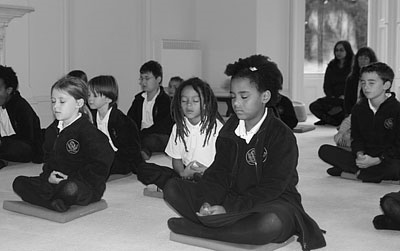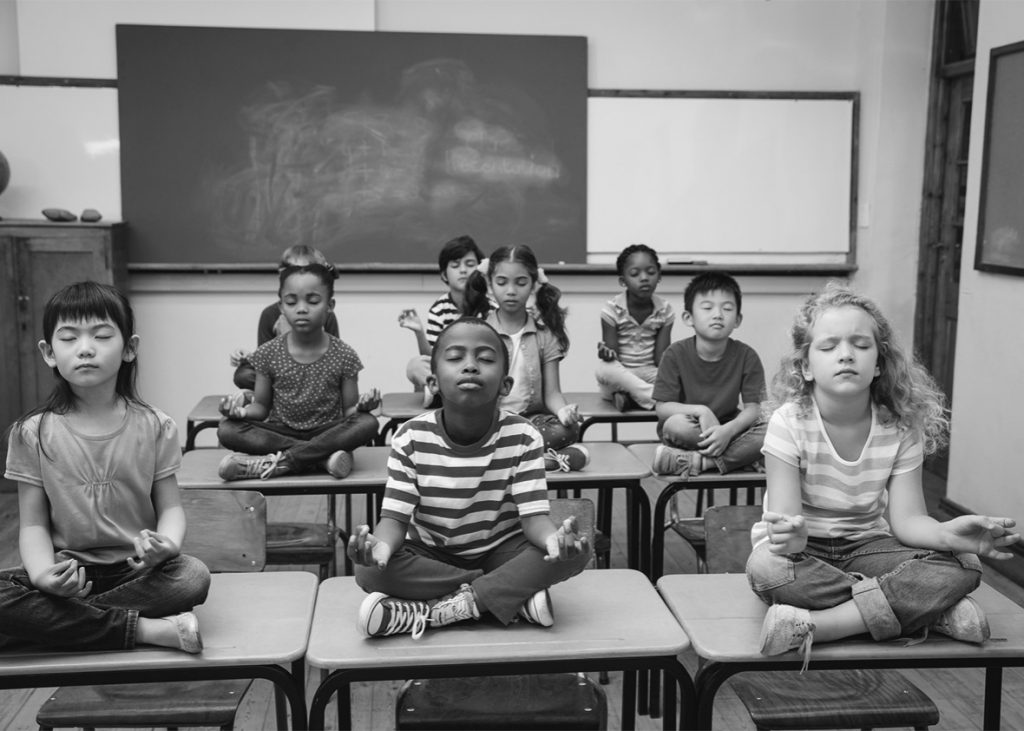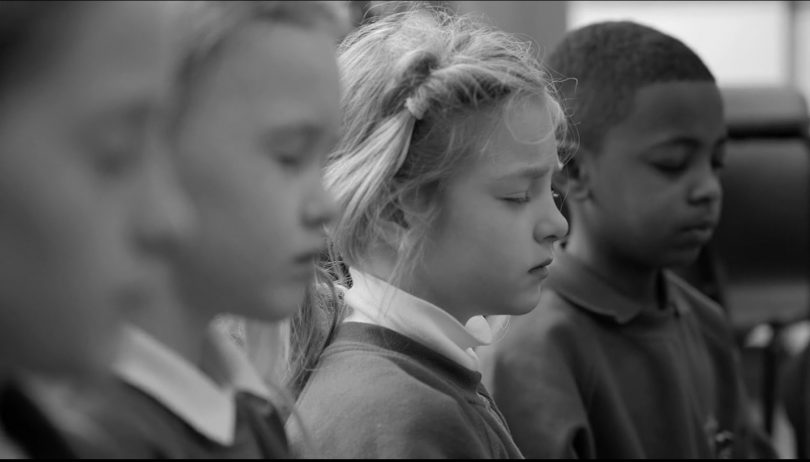As much as stress is a part of grownup’s lives it is very much a part of children’s lives as well. Increasing competitiveness, social anxieties and busy after school schedules make children’s lives a real struggle.
Research suggests that school-based yoga cultivates mind-body awareness, self-regulation, and physical fitness. And classroom teachers can benefit as well! Schools are increasingly incorporating mindfulness and Yoga into their routines so here are just a few benefits to incorporating Yoga into the classroom today.
1. Focus, Focus, Focus
We live in a world full of distractions and the classroom is full of them! From bright colourful wall displays to pieces of work hanging down from the ceilings it would seem that many classrooms don’t even have a single blank wall! Add in their best friends to the mix, and it’s no wonder children can’t seem to focus on anything for an extended period of time. A few simple poses or breathing exercises (Pranayama) at the beginning of a lesson can help re-centre their focus on their own learning.

If you don’t feel confident teaching Pranayama, try some of the activities on Go Noodle. https://www.gonoodle.com/
2. Yoga teaches self-regulation
Some children complain of a tight feeling in their stomachs – ‘worry tummy’. Yoga can provide children with tools to relieve such symptoms of anxiety by learning to listen to their body and respond to external factors. Pranayama techniques can also help children calm themselves down and be less reactive in difficult situations. So instead of lashing out on the playground, they might take a deep breath and walk away.
Further reading for Teachers:
Yoga as a School-Wide Positive Behavior Support
3. Yoga helps children learn
Children learn in different ways, some are audio visual learners, but many of them learn better through physical activities. Yoga provides a way for children to learn through movement. For example, Yoga poses can be used in oral storytelling to help children remember the sequence of events.

Or incorporate Yoga into your topic – Did you know that the Romans and Greeks practiced Yoga?
4. Yoga encourages healthy habits
Research and clinical practice shows that exercise habits developed in early life help children to remain physically active into adulthood. And so the Department for Education states that schools should provide children with at least 2 hours of physical activity per week. Combining yoga poses into everyday school life is an easy way to achieve this if resources are limited.
Article from Human Kinetics Journals: School Physical Education, Extracurricular Sports, and Lifelong Active Living
5. Yoga helps teachers!
It’s important to remember that children learn from example and stressed, burnt out teachers can also create stressed children. Shockingly, nearly a third of teachers leave the profession in the first 5 years attributing it to excessive workload and stress.
In this video, Dr Richie Davison, reports his team’s study showing how mindfulness and meditation can help combat teacher burn out.
Have you tried incorporating mindfulness and Yoga in your classroom? What benefits have you seen?



